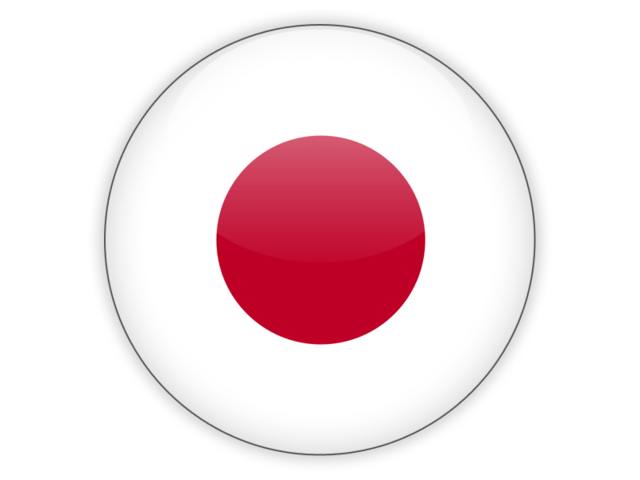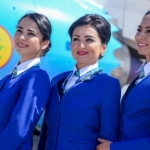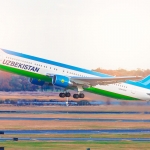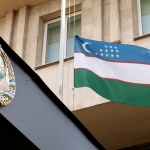09 AUGUST 2019 Y.
There are barely any untrodden paths and unknown roads on the Earth left. Yet travelers still wish to step aside from traditional touring paths and see something that cannot be found in usual tourist guides.
For a long time, Karakalpakia was out of reach for tourism yet today this land is connected not only with a worldwide known museum named after Savitskiy but with amazing and interesting routes to riparian woodlands, ancient architectural buildings, Aral Sea and Ustyurt Plateau canyons, wonderful with their beauty.
Natural reserve
This land is an archeological, ethnographical, historical and geographical reserve, one of the most astonishing places in the world. There are a lot of opportunities for fans of exclusive extreme tourism. Several days of travel towards North-West of Karakalpakia is a chance to see the Aral Sea and mouth of Amudarya, Jeykhun, or Ox as it was called in ancient times. This river remembers troops of Alexander the Great, escape of King Bess from Baktria to Sogdiana, it remembers four religions which were changing one another and even tried to unite – the only event in the history of such kind.
Here you can find Ustyurt plateau which used to be the bottom of one of the most mysterious reservoirs in the world – Aral Sea. It is full of hollows, real canyons which give this place alien view. Many tourists when seeing this landscape freeze from excitement and admit that this natural beauty is as good as famous Colorado Canyons. Archeologists found ancient burials of famous Sarmat tribes, remains of beacons that were a considerable contribution to the understanding of B.C. history.

There is Sudochi lake nearby where pink flamingoes, herons, and pelicans come in spring.
Mysterious Four
Modern Nukus is clean, light and the well-attended town where four languages are spoken – Uzbek, Russian, Karakalpak, and Kazakh. People of this land like number four and “conjunction of four” which is probably not for nothing.
Not far from Nukus there is an ancient settlement of Mizdakhkan, the first mention of which we can find in 10th-century books of ibn Rustem where he describes it as giant and beautiful town on a hill located not far from Gurgandj, the capital of ancient Khorezm. Before Arab conquest, there were three main religions on this land – Zoroastrianism, Nestorian Christianity, and Buddhism which was brought here by king Kanishka. Nestorianism was actually born here when 200 years after the death of the Christ bishop Nestoriy came to Mari. This was described in a book named “Memories of the Gone Generations” by al-Beruniy who got this information from his teacher Abu-Sakhlya who was Nestorian himself. The religion of King Dariy – Zoroastrianism got its second breath in Khoresm and gave Avesta (gats) to the world.
Fourth religion is Islam which was brought to the land by Kuteyba ibn Muslim.
There is a unique mausoleum of Shamun-Nabi at Mizdakhan which is translated from Farsi as Messenger of God, place of pilgrimage. This is 25 meters long mausoleum where magician and hero Shamun is buried. He was killed because of his trustworthiness. His strength was in his hair which he did not cut from the birth but when he opened to a woman she cut his hair while he was asleep. This legend is similar to those of Samson and Dalila. In 1964 the mausoleum was excavated to show that there was no hero of 5 meters height – and the mausoleum was empty indeed which is amazing itself. But historians and archeologists were astonished by another fact. The mausoleum was built according to rules of all four religions. It had 7 domes, according to the Old and New Testaments number 7 is divine and is repeated 400 times. Each dome had a window which was oriented to Mekka. The tomb itself reminded assuariy in its shape in which Zoroastrianism people were burying their fellow tribespeople. But the most amazing that inside there was a mihrab and a lotus flower in the deepening in its middle.

There is an assumption that in 11-12th centuries when Khoresm was on its peak of development and got rid of Arab conquers, a new ideology was required which would unite all people. A new religion in its core. And people tried to create this new religion from four world outlooks existing on the earth at that time. That is not to destroy but to unite.














